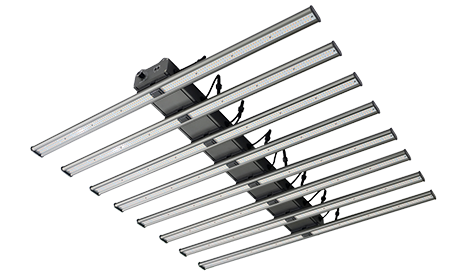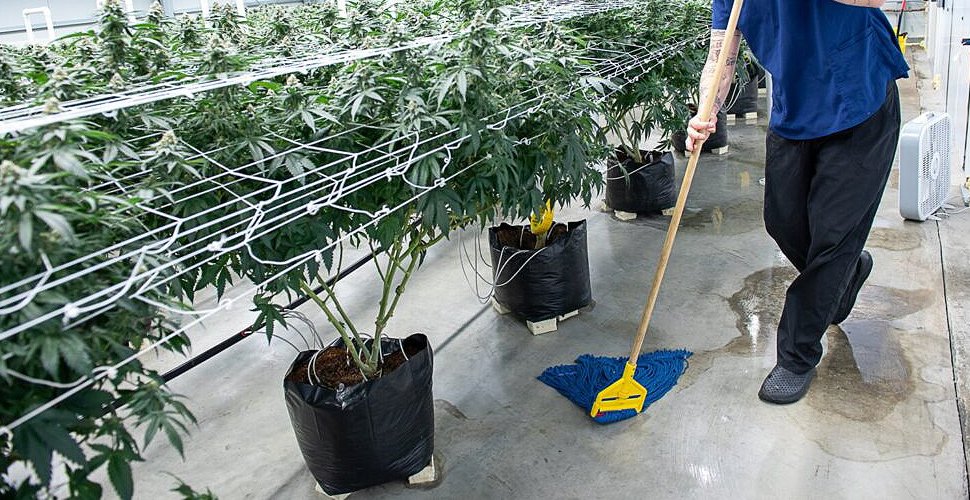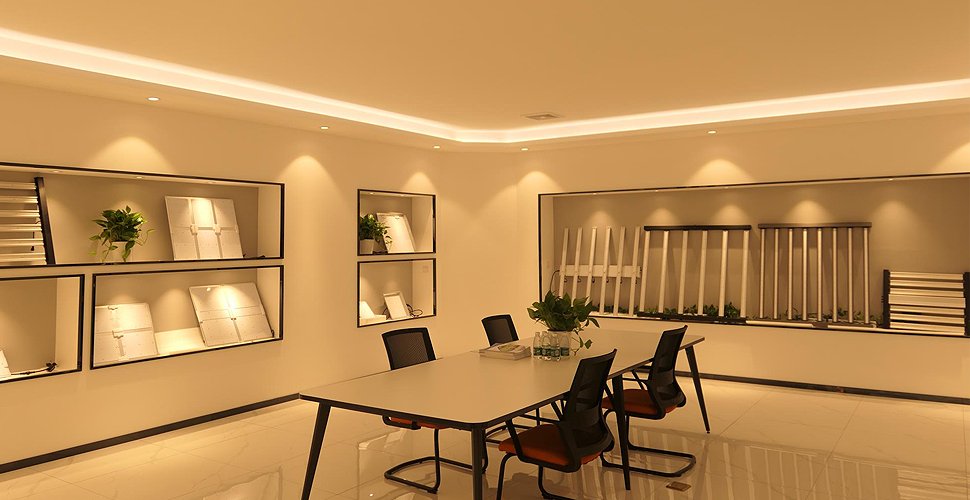の最も単純な定義 IoT(モノのインターネット) インターネットは物事を制御しています。
私たちの毎日では、多くの人がIoTシステムの一部であるフィットネストラッカーまたはスマートウォッチを着用しています。これらのデバイスは、あなたがとる手順の数、心拍数、睡眠パターンなど、毎日の活動を監視します。次に、このデータをモバイルアプリまたはクラウドサービスに同期し、時間の経過とともにフィットネスの進行状況を追跡できます。
IoT対応電球は、スマートフォンアプリまたは音声コマンドを介してリモートで制御できます。特定の時間にオンまたはオフにするようにスケジュールを立てたり、ライトを暗くして居心地の良い雰囲気を作り出したり、気分に合わせて色を変えたりできます。
はい、インターネットに接続されているこれらのオブジェクトとデバイスにより、データを収集および交換できるようになります。それは、私たちの生活をより便利で効率的で、自動化する可能性があります。
農業における賢い農業
農業IoTは、IoTテクノロジーを、生産プロセス全体でインテリジェント、デジタル、および自動化された管理のために農業と統合しています。
データはセンサーを介して収集され、ゲートウェイで集約され、分析および保存されます。最後に、植物の成長環境のリアルタイム監視と調整を可能にするために、指示が制御システムを通じて発行されます。
それで、 植物工場は自動栽培を達成しました。
データ分析とアルゴリズムモデルを通じて、農家は情報に基づいた意思決定を行い、正確な意思決定支援を提供し、農業生産の管理慣行を最適化することができます。これにより、農業の生産効率と品質が向上します。
同時に、資源の消費と環境汚染を減らし、持続可能な専門能力開発を促進します。
植物工場用のIoTシステム
IoTシステムは、屋内垂直農業に不可欠であり、栽培者が制御された効率的な成長環境を作成できるようにします。
制御された環境での作物の成長を最適化するために、正確な監視、制御、およびデータ駆動型の洞察を提供します。これは、植物工場でIoTがどのように利用されているかの簡単な概要です。
環境監視
温度と湿度センサー:IoTセンサーは、屋内農場内の温度と湿度レベルを継続的に監視します。このデータにより、成長条件は植物の成長に最適な範囲内に残ることが保証されます。
LED照明制御:IoTシステムは、植物の要件に基づいて人工照明を調整し、エネルギーを節約し、光合成を促進できます。
CO2センサー:二酸化炭素レベルの測定により、植物は光合成に適切な供給を受けることが保証されます。
栄養管理
栄養供給システム:IoT制御システムは、水耕栽培またはエアロポニックシステムを介して植物に栄養素を正確に投与し、作物が必須要素の適切なバランスを取得できるようにします。
PHおよびECセンサー:IoTセンサーは、栄養溶液の品質を維持するために、pHレベルと電気伝導率を監視します。
水管理
自動灌漑:IoTシステムは、必要に応じて植物の根に直接水を供給し、浪費を減らし、効率的な成長を促進することにより、水の使用量を最適化します。
水分センサー:土壌または基質の水分センサーは、植物が適切に水分補給されることを保証します。
作物の健康監視
カメラシステム:IoT接続カメラは、定期的に植物の画像をキャプチャします。これらの画像は、コンピュータービジョンを使用して分析して、病気、ストレス、または栄養不足の兆候を検出できます。
スペクトルセンサー:IoTセンサーは、スペクトルデータを測定して植物の健康を評価し、最適な成長のために光スペクトルを調整できます。
データ分析と洞察
クラウドベースのプラットフォーム:さまざまなセンサーから収集されたデータは、分析のためにクラウドプラットフォームに送信されます。農家はこの情報にリモートでアクセスして、情報に基づいた決定を下すことができます。
予測分析:IoTシステムは、履歴データを使用して、作物の収穫量、成長率、および潜在的な問題を予測し、積極的な管理を可能にします。
エネルギー効率
エネルギー監視:IoTは、エネルギー消費を追跡し、効率的なリソース利用のために暖房、換気、照明システムの使用を最適化するのに役立ちます。
自動化とリモートコントロール
リモートアクセス:農家は、IoT対応のモバイルアプリケーションを通じて、環境要因、灌漑、および栄養送達をリモートで制御および調整できます。
アラートと通知:IoTシステムは、条件が目的の範囲から逸脱している場合にリアルタイムでアラートを送信し、即時のアクションを可能にします。
あなたは賢い農業に興味がありますか?
農業に興味があり、屋内の栄養栽培のためのソリューションを求めている場合は、高度なソリューションのためにAuxGrowに手を差し伸べることをお勧めします。私たちの専門知識は、最先端の屋内水耕装置の開発と生産にあります。
インテリジェントソリューション、IoT管理システム、および人工スペクトル照明の最先端の開発に関する当社の専門知識により、屋内農業のニーズに対する回答を受け取ることができます。
あなたが賢い農業についてフェンスにいるなら、私たちと一緒に植物工場の運用を経験してみませんか 垂直成長システムSG40?植物工場に関する学習コストを大幅に削減できます。
ジェイズ
AUXGROW のデジタル マーケティング マネージャーとして、Jayes は水耕栽培システムに対する情熱と LED 栽培ライトの専門知識を兼ね備えています。実践的な経験と深い理解を持つジェイズは、持続可能な栽培の世界を案内します。






